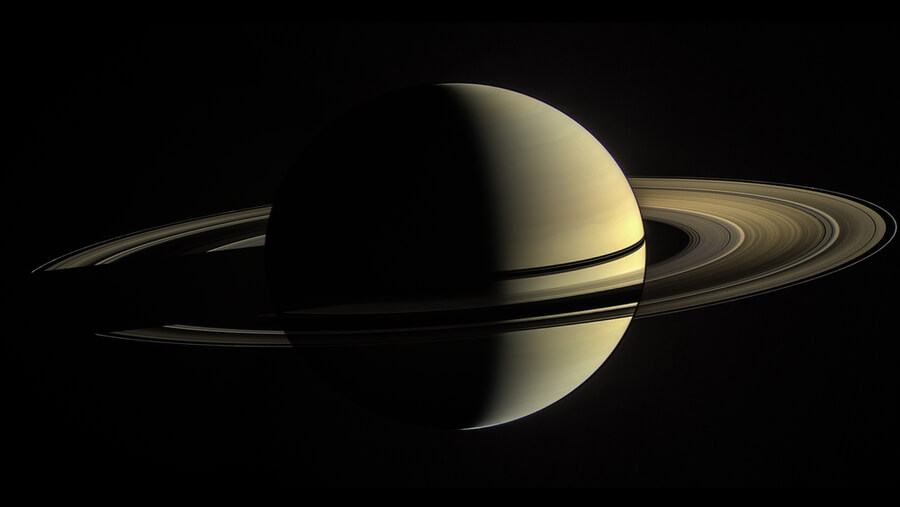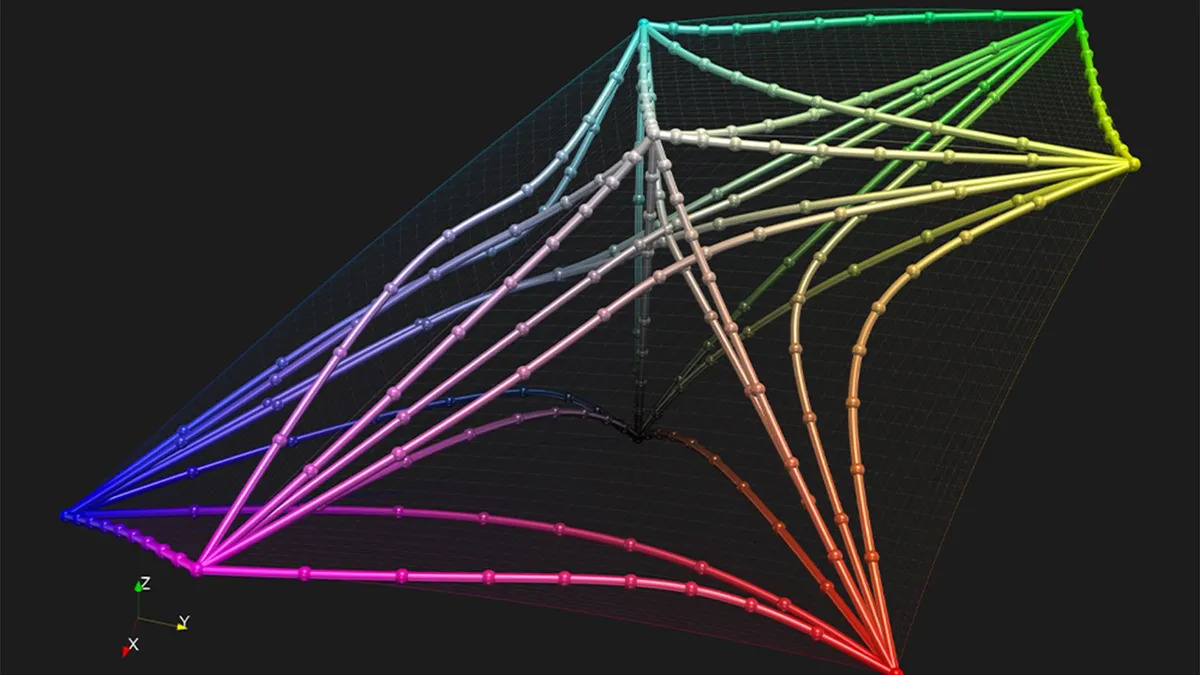How data is helping people stay warm this winter

Image: Raritan
Many European nations are looking for new ways to save energy after Russia’s invasion of Ukraine turned an ongoing energy crisis from bad to worse. Case in point: Switzerland’s government asked its citizens to shower together over the weekend in a bid to cut energy consumption by 15%.
But others are going with a more… futuristic solution. Several Nordic cities have launched projects aiming to recycle the large amounts of heat given off by data centers, something typically treated as a useless byproduct.
- 🇸🇪 In Sweden: Stockholm Data Parks – a partnership between the country’s capital city and several private firms – believes it can use the excess heat to meet 10% of the city’s warming needs by 2035.
- 🇫🇮 In Finland: Microsoft announced a partnership to heat some 100,000 homes in Helsinki using excess energy from their data centers.
- 🇳🇴 In Norway: The country is developing a new commercial area called Lyseparken with the liquid-cooling infrastructure needed to recycle heat from data centers on a city-wide scale.
🇺🇸 Closer to home… Amazon's Seattle HQ has been warmed with the waste heat from a nearby data center since 2017, saving the company an estimated 80 million kilowatt-hours of energy over a 25-year span – or enough to power 7,500 US households per year.
⚡ Bottom line: In 2020, the world’s data centers collectively accounted for ~1.5% of global electricity use. Since energy can’t be created nor destroyed (shoutout thermodynamics), the power flowing through those data centers has to end up somewhere after being used to perform tasks… and that somewhere is almost entirely in the form of excess heat.
Share this!
Recent Science & Emerging Tech stories

Science & Emerging Tech
| September 19, 20222022 just got even harder
Scientists have confirmed the existence of a mineral that’s stronger than diamond and only found in rock samples from outer space.

Science & Emerging Tech
| September 16, 2022Chrysalis didn’t miss-a-lus
🪐 Scientists may have discovered how Saturn’s rings were formed ~160M years ago, per a new peer-reviewed study published in “Science”.

Science & Emerging Tech
| September 15, 2022Into the magical world of color theory
🎨 Legends in math and physics – and subsequently, the whole scientific community – have been wrong about how humans perceive color for more than a century, per a new peer-reviewed paper that could lead to more vibrant computer, phone, and TV screens.
You've made it this far...
Let's make our relationship official, no 💍 or elaborate proposal required. Learn and stay entertained, for free.👇
All of our news is 100% free and you can unsubscribe anytime; the quiz takes ~10 seconds to complete